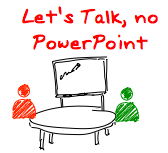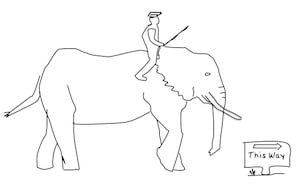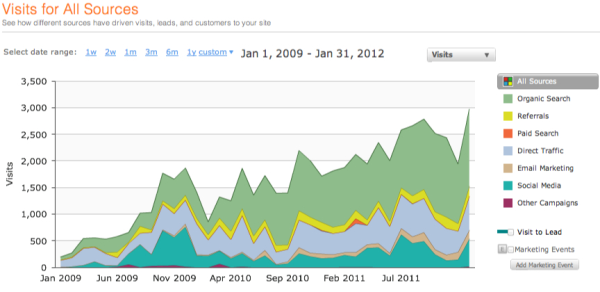The Early Days at Sun - Framemaker presentations
I have led product sales training events for Chinese and Korean native language speakers when at Sun Microsystems. The outcome of the Whiteboard Symposium in Cologne could not have been more different than the outcome from one of my former Sun training days.Despite my best efforts to speak slowly and clearly when training for Sun and a lot of effort in creating material-in English, I expect that less than 30% of my material was understood. I recall working very hard on rapport and asking questions to check comprehension and was often greeted by blank looks and silence.
The audience would sit passively, attentive, trying to understand my accent and decode the slides....they were created in Framemaker on a Sun Workstation as in those days, former Sun CEO and co-founder Scott McNeally banned the use of Microsoft products....there were images (clip-art) and a lot of bullets (I cringe when I think about it).
Comprehension is the Presenters Problem
Lack of comprehension was not the fault of my audience, it was mine as the trainer. 20 years ago I was a missionary in getting our resellers to start selling Sun Servers. I did not speak the language, and although we had cultural sensitivity training, on my own assessment, I did a poor job of communicating the value of the Sun Server offerings for banks.This is still how a large percentage of product training is done, although it is probably translated and presented in PowerPoint by a native speaker today. The audience sits passively through a product presentation, answers a quiz, leaves with a brochure and the URL of the sales portal where the material including .pdf's and presentations reside.
Sales Training using the Whiteboard Selling Symposium method
At the Siemens event I was asked if the during the role-play workshop, team members could deliver the whiteboard story in their native language and the answer was an emphatic yes.Salespeople formed groups by native language when the role-playing began.
As the facilitator, I did not have to understand the native language to judge comprehension because I could see the whiteboard story develop and observe the interaction among the team members. During the workshop each sales person either drew and told the story or watched and listened to the whiteboard develop up to 10 times.
The outcome of the training was that salespeople could engage clients and use a whiteboard to tell their story the next day, although it may not have been perfect, their comprehension and mastery of the story was such that they knew it and could do it.
Doing the rounds of the role-play groups I heard presentations in Swedish, French, German, Chinese, Spanish, Portuguese and English.
It was interesting to observe the interaction between buyer and seller in the role-plays and the way different ethnic groups presented. Some more formal and reserved and others lively, interactive and funny...others completely departing from the whiteboard story design to create their own version of the story.
Accelerating Ramp Times
Slow ramp-time for new-hire sales people is the #1 problem for sales managers in onboarding. Similarly, new product launches seldom deliver the sell-through results marketing planners anticipate.Using traditional product training approaches it takes months longer than most sales managers would like before salespeople are confident enough to engage senior executives.
- What would happen to your sales results if your sales team learned your top 3 product/service whiteboard stories at new hire? Net-App new hires learn and are tested on 3 whiteboards before they go on their first sales call.
- Would it be useful if when new hires make their first call they are confident in telling your story, know what the likely objections might be and how to handle them and know what questions to ask in discovering the client issues?
- Would it help if the core group of salespeople could differentiate the value in using your products/services and could engage senior executives in conversation around their issues and have your capabilities unfold naturally in that conversation?
Take-aways
- Active Learning using role-playing, whiteboarding or other participative methodology is key to comprehension in sales training
- Encourage native language presentations to build comprehension and mastery of the material
- Why not give whiteboarding a try at your next sales conference or regional get together












